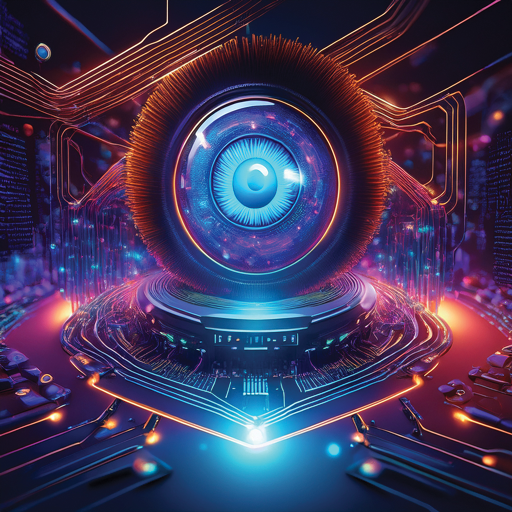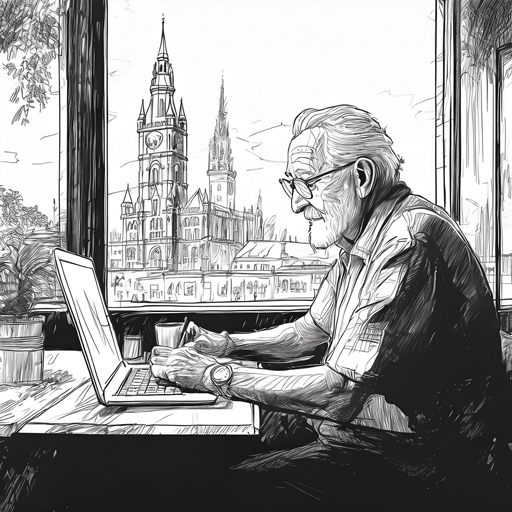The Rise of Computer Vision: Transforming How Machines See the World

In the realm of artificial intelligence, computer vision stands out as one of the most exciting and rapidly advancing fields. By enabling machines to interpret and understand visual information from the world, computer vision is revolutionizing industries, from healthcare and automotive to retail and entertainment. This article dives into what computer vision is, how it works, its key applications, and the future potential it holds.
What is Computer Vision?
Computer vision is a subfield of artificial intelligence that enables computers and systems to derive meaningful information from digital images, videos, and other visual inputs — and then take action or provide recommendations based on that information. In essence, it’s about teaching machines to "see," interpret, and make decisions.
Unlike traditional image processing, which focuses on manipulating images for enhancement or analysis, computer vision seeks to understand the content within those images — recognizing objects, identifying faces, detecting movements, and more.
How Does Computer Vision Work?
At the heart of computer vision is the ability to extract meaningful data from pixels — the basic units of an image. Achieving this requires a combination of techniques:
- Image Processing: Steps such as filtering, denoising, and edge detection prepare images for deeper analysis.
- Feature Extraction: Identifying key visual markers, like shapes, textures, or colors.
- Pattern Recognition: Employing machine learning models to detect objects, scenes, or anomalies.
- Deep Learning: Using convolutional neural networks (CNNs) and other architectures, computers learn to recognize complex patterns by training on vast amounts of visual data.
The integration of these layers allows machines to go from raw pixel data to understanding context, such as recognizing a face in a crowded photo or spotting a tumor in a medical scan.
Key Applications of Computer Vision
- Healthcare
Computer vision empowers medical imaging diagnostics, helping radiologists detect diseases in X-rays, MRIs, and CT scans with greater accuracy. Systems can flag anomalies like tumors or fractures early, enabling timely intervention. - Autonomous Vehicles
Self-driving cars rely heavily on computer vision to interpret road signs, detect pedestrians, monitor other vehicles, and navigate safely in real-time. - Retail and E-commerce
From cashier-less stores using facial recognition and object detection to automated inventory management and virtual try-ons, computer vision optimizes both the customer experience and operational efficiency. - Security and Surveillance
Facial recognition, behavior analysis, and anomaly detection enhance security operations by identifying threats and suspicious activities quickly. - Agriculture
Computer vision aids in crop monitoring, pest detection, and yield estimation, allowing farmers to make data-driven decisions for increased sustainability and productivity. - Manufacturing
Visual inspection systems detect defects on assembly lines, ensuring product quality and reducing waste.
The Future of Computer Vision
As computational power grows and AI algorithms improve, computer vision is poised to integrate even deeper into our daily lives. Advancements in vision, real-time video analysis, and multi-modal perception will open doors to innovations like augmented reality glasses that provide contextual overlays, or robots that collaborate seamlessly with humans in complex environments.
Moreover, ethical and privacy considerations will shape the responsible deployment of computer vision technologies, emphasizing transparency and fairness.
Computer vision represents a leap forward in how machines interact with the world — shifting from passive data processors to active interpreters of visual information. Its transformative impact is already evident across sectors and will only expand, driving smarter cities, personalized healthcare, safer roads, and more interactive digital experiences. The eyes of technology have truly opened, and the future looks clearer than ever.
